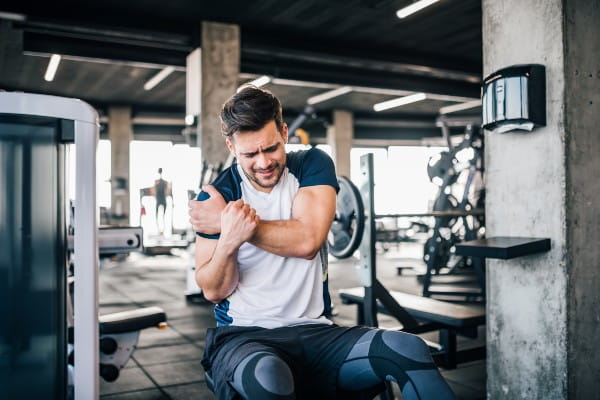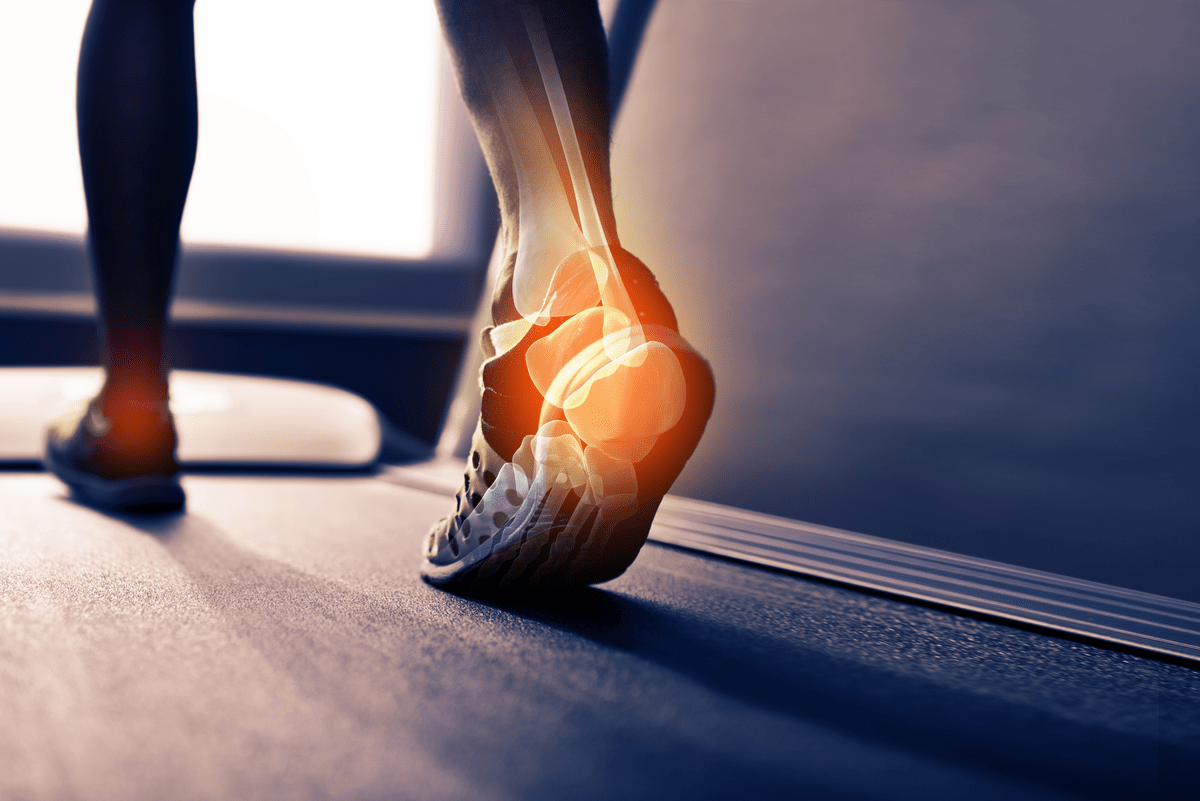Learn what happens and how long it typically takes.
You were playing soccer or basketball with friends when you turned around and felt or heard a pop in your knee. There was instant pain and swelling, and you couldn’t finish the game. What happened? You probably injured your anterior cruciate ligament, or ACL.
“There are between 100,000 and 200,000 ACL injuries each year in the United States ,” says Lauren Moore, a physical therapist at Riverside Wellness and Fitness Center. “Your ACL is a ligament that runs diagonally inside of your knee. It helps give your knee stability.”
“Usually when people injure their ACL, it’s the result of non-contact injury,” Moore continued. “Often, they’re playing a sport and turn or twist their knee in some strange way. An ACL tear won’t heal on its own, and while some people can live with the injury, most people have surgery to repair the damage. Either way, you’ll need physical therapy to help you regain strength, range of motion and stability.”
Moore explains the different types of injuries and what happens during physical therapy.
Types of ACL sprains
When you first visit a doctor for your knee, they will conduct a physical examination. While an ACL injury can usually be diagnosed from a physical exam, doctors will typically order imaging tests as well. You may need:
- X-rays to determine if you broke a bone
- An MRI to determine the severity of the ACL damage
An injured ACL, called a sprain, is graded on a scale:
- Grade 1 (mild damage): The ligament was slightly stretched, but it can still help keep the knee stable.
- Grade 2 (partial tear): The ligament has been stretched enough that it’s loose.
- Grade 3 (complete tear): The ligament is broken into two pieces, and the knee joint is no longer stable.
Physical therapy without surgery
“If you’re older or not as active, you can choose not to have surgery to reconstruct your ACL,” says Moore. “If you’ve completely torn your ACL, you’ll probably feel fine as long as you're only walking or running in a straight line. But, as soon as you turn or pivot, your knee will give out.”
Some patients with a Grade 1 or 2 injury will be okay without surgery, but physical therapy is still recommended. It will help strengthen the muscles around the knee to create more stability. Without surgery, you may also need to wear a brace to help your knee remain stable.
Depending on the severity of the injury, some people choose to try physical therapy before deciding on surgery. If there’s no pain and your knee feels stable after a few weeks of therapy, then you might be able to function well without surgery. However, there’s an increased risk that you may do something down the road and fully tear your ACL.
“If you choose not to reconstruct your ACL, you are guaranteed to get early arthritis in your knees,” Moore explains. “While even with surgery, you’ll still get arthritis earlier than if you had never torn your ACL, it happens much earlier if you choose not to get it fixed.”
Physical therapy begins the day after ACL surgery
If you’re still in pain or your knee sometimes feels unstable after several weeks of physical therapy, or you choose to have surgery right away, physical therapy will begin the day after surgery.
“That first day can be rough,” Moore says. “We try and get patients moving and walking as soon as possible. The first goal is to return to a full range of motion while also getting the swelling and pain under control.”
For most patients, the pain is temporary and only lasts for about one week.
In the beginning, physical therapists focus on strengthening the quad (thigh) muscles, which become very weak after surgery. Therapy will also include stretches and working to regain the ability to walk and go up and down stairs without an assistive device like crutches.
“From there, we focus on strengthening while also working on balance and stability,” Moore explains. “If you’re doing well and meeting all of your goals, after three months, your therapist will gradually reintroduce you to running.”
Returning to regular life and sports
After ACL surgery, athletes need at least six months before returning to sports.
“While it depends on the patient, we try and keep athletes in physical therapy for six to nine months,” says Moore. “But for people who just want to go to work and play with their kids, and they're not interested in doing anything too strenuous, heir rehabilitation may be completed in about four or five months.”
If you think you’ve torn your ACL, make an appointment with one of Riverside's sports medicine primary care physicians – John Barley, D.O., in Newport News or Stephanie Giammittorio, D.O., in Williamsburg. They specialize in diagnosing and treating ACL injuries. Appointments can be made by calling 757-534-9988.



